Who Invented the Ball Bearing?
Ball bearings are small yet pivotal components in the realm of modern machinery and technology. This blog delves into the intriguing history behind these crucial inventions, focusing on the key question: "Who invented the ball bearing?" We'll explore the evolution of this significant innovation, tracing its roots from ancient times to its critical role in today's technological advancements. A special focus will be placed on miniature bearings, the stalwarts of precision and streamlined design.
The Early Beginnings
Ancient Friction Reduction Methods
Tracing back to the construction of the Egyptian pyramids, our ancestors developed ingenious methods to reduce friction.
The use of logs as primitive rollers beneath heavy stones is one of the earliest examples. This method significantly eased the transportation of massive stones used in monumental constructions.
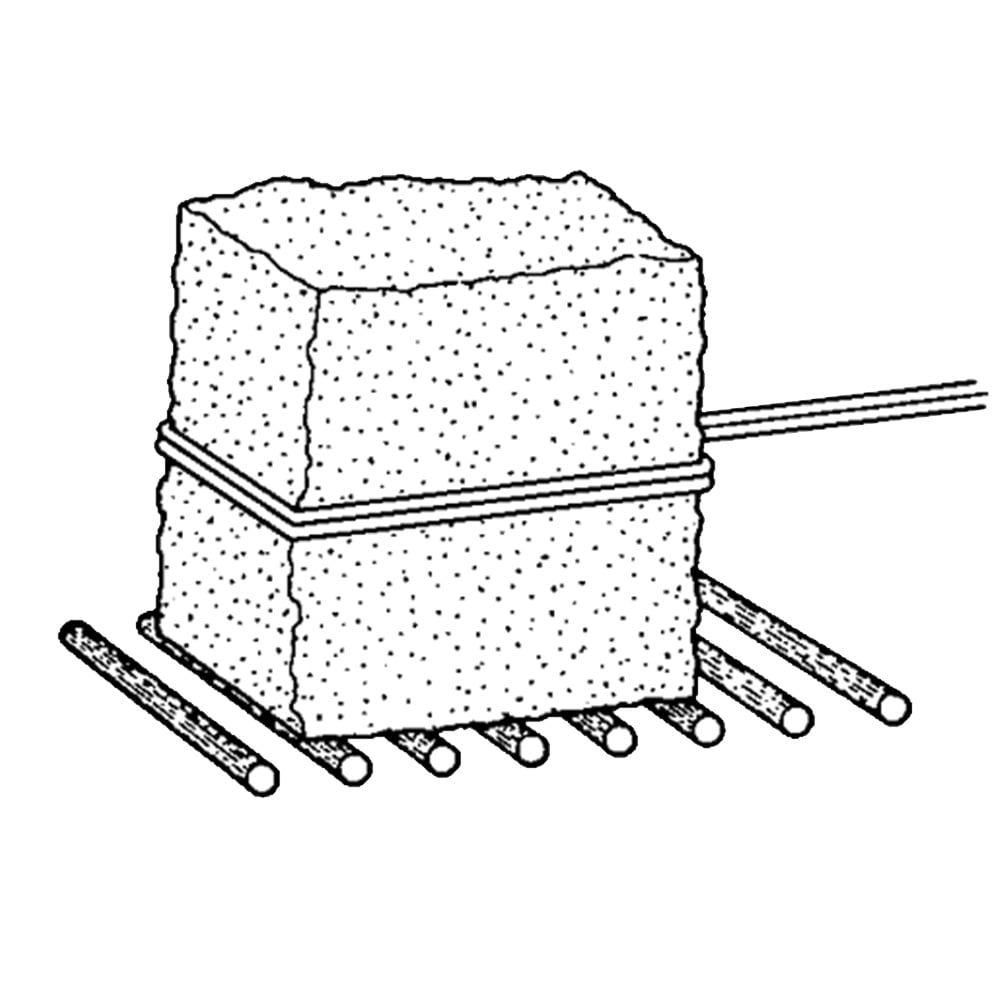
Such practices laid the groundwork for understanding the principles of reducing friction, a fundamental concept in bearing technology.
Early forms of rolling elements laid the groundwork for today’s bearings, transforming the laborious task of dragging into efficient rolling. This pivotal change not only eased transportation but also reduced damage to both objects and pathways, marking a crucial step in the advancement of bearing technology.
Ancient Roman Innovation: The Earliest Ball Bearing Example
Before delving into Leonardo da Vinci's pivotal sketches, it's essential to acknowledge an earlier instance of ball bearing usage. The earliest known example dates back to around 40 AD, discovered in a Roman shipwreck in an Italian lake. This ancient device, a rudimentary form of ball bearing, was part of a revolving table. It featured balls placed beneath the table surface, presumably to facilitate the rotation of the table, allowing diners to easily access different foods.
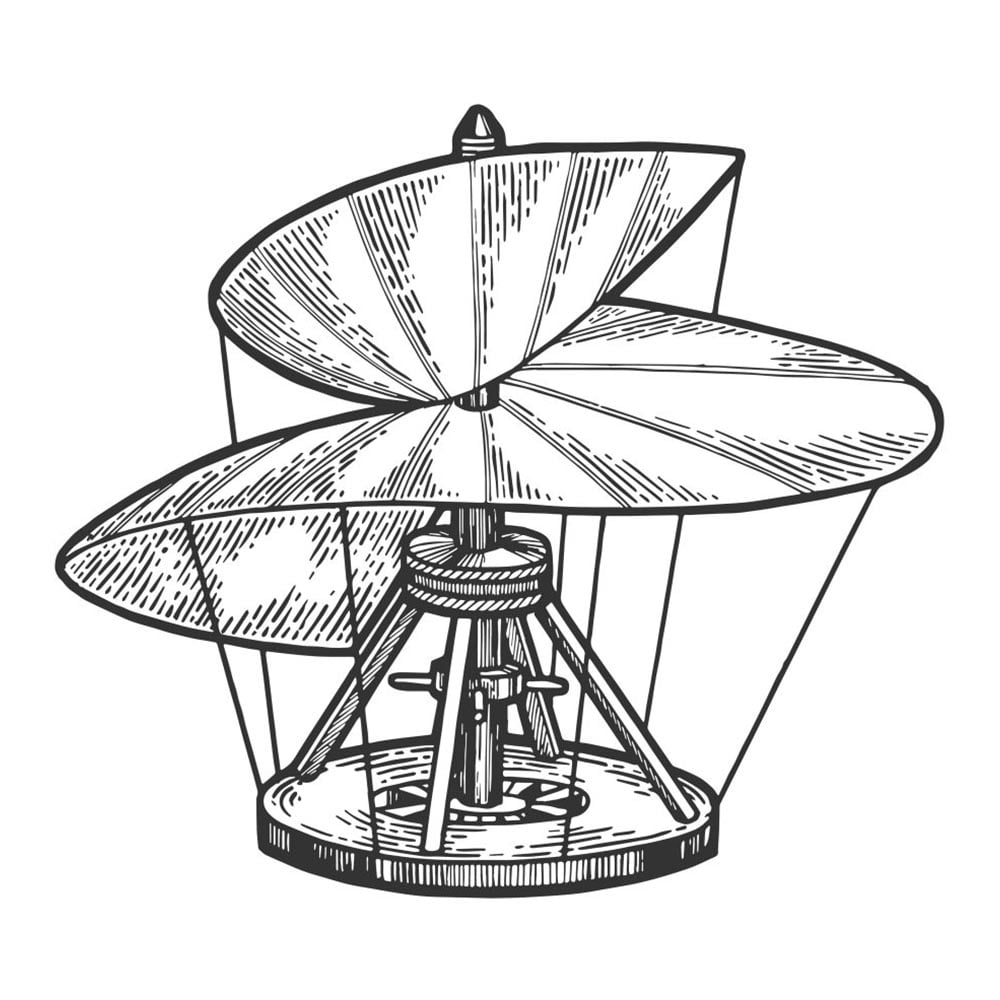
Leonardo da Vinci: The Pioneering Vision
Leonardo da Vinci, the quintessential Renaissance man, played a crucial role in the conceptualization of bearings. His detailed sketches and designs, dating back to the late 15th century, showcase bearings remarkably similar to contemporary ball bearings.
Exploring Da Vinci's Bearing Sketches and Designs
Leonardo da Vinci's exploration into mechanical designs is vividly illustrated in his sketches that reveal a keen interest in bearings.
These sketches, found in his extensive notebooks, show an advanced understanding of the mechanics of motion, with detailed depictions of components resembling what we now recognize as bearings.
His drawings feature elements such as spherical objects (balls) enclosed within two concentric rings, a structural design fundamental to the operation of modern bearings.

Da Vinci's Visionary Designs and Modern Bearings
An in-depth analysis of da Vinci's sketches reveals a remarkable similarity to contemporary ball bearing structures.
Notably, his conceptualization of a 'cage' to maintain the position and uniform distribution of the balls within the bearing assembly was a groundbreaking idea, demonstrating his foresight into the dynamics of friction and load distribution.
The resemblance of da Vinci’s designs to the basic architecture of present-day ball bearings underscores his advanced grasp of mechanical principles, notably in reducing friction and enhancing the efficiency of moving parts.
Da Vinci's Contribution to Bearing Development
While Leonardo da Vinci may not be the recognized inventor of the ball bearing, his early explorations and designs significantly contributed to its conceptual evolution. His work in the field of mechanical design laid the groundwork for understanding the dynamics of rolling resistance and the importance of efficient motion in machinery. Da Vinci's legacy in mechanical engineering is as profound as his art, marking him as a pivotal figure in the history of ball bearing development.
The Industrial Revolution and Ball Bearings
The Industrial Revolution marked a significant era in the advancement of ball bearing technology. This period, characterized by massive industrial growth and technological innovation, provided the perfect backdrop for the evolution of bearings. As machinery became more complex and the need for efficient motion increased, the demand for more advanced bearing solutions grew. The development of ball bearings during this time was not just a mechanical advancement but a necessary response to the burgeoning industrial landscape.
Philip Vaughan's Pioneering Patent of 1794
A landmark in the history of ball bearings was the patent granted to Philip Vaughan in 1794. Vaughan, a Welsh inventor, conceptualized a design that laid the foundation for modern ball bearing technology. His design featured balls running along a groove in an axle assembly, a significant leap from earlier friction-reducing methods. This patent is often hailed as the first modern design of the ball bearing, marking a pivotal moment in the evolution of this crucial mechanical component.
From Wood and Bronze to Steel
The transformation of bearing materials mirrors the broader technological advancements of the Industrial Revolution. Initially, bearings were made from materials like wood and bronze. However, these materials had limitations in supporting the heavy-duty and high-speed requirements of new industrial machinery.
The introduction of steel bearings was a game-changer. Steel, with its superior strength and durability, was better suited to meet the demands of increasingly complex machinery. This transition from traditional materials to steel in bearing manufacturing was a direct result of and contributor to the technological advancements of the Industrial Revolution.
The Expansion and Refinement in the 19th and 20th Centuries
Jules Suriray's Radial Ball Bearings
In 1869, Jules Suriray, a Parisian bicycle mechanic, patented radial ball bearings, significantly enhancing their application in dynamic systems like bicycles. This innovation marked a key development in ball bearing utility, especially in handling combined radial and axial loads.
Sven Wingquist's Self-Aligning Bearings
Sven Wingquist, co-founder of SKF, introduced self-aligning ball bearings in the early 20th century. His design, allowing inner rings to pivot within outer rings, tackled the issue of misalignment in bearings, thereby increasing their durability and efficiency.
Notable Innovations and Contributions
The 19th and 20th centuries saw remarkable innovations in ball bearings. Precision bearings for high-speed applications, advanced steel alloys, and synthetic lubricants were some key advancements that enhanced bearing performance. These developments, contributed by global innovators, laid the foundation for the sophisticated ball bearing technologies used today.
The Rise of Miniature Bearings in Modern Technology
It's within the realm of miniature bearings that the ball bearing truly demonstrates its versatility and ingenuity. LILY Bearing offers an extensive range of miniature bearings, serving a plethora of applications from medical devices to precision instruments. Let's delve into the types of miniature bearings and their unique features:
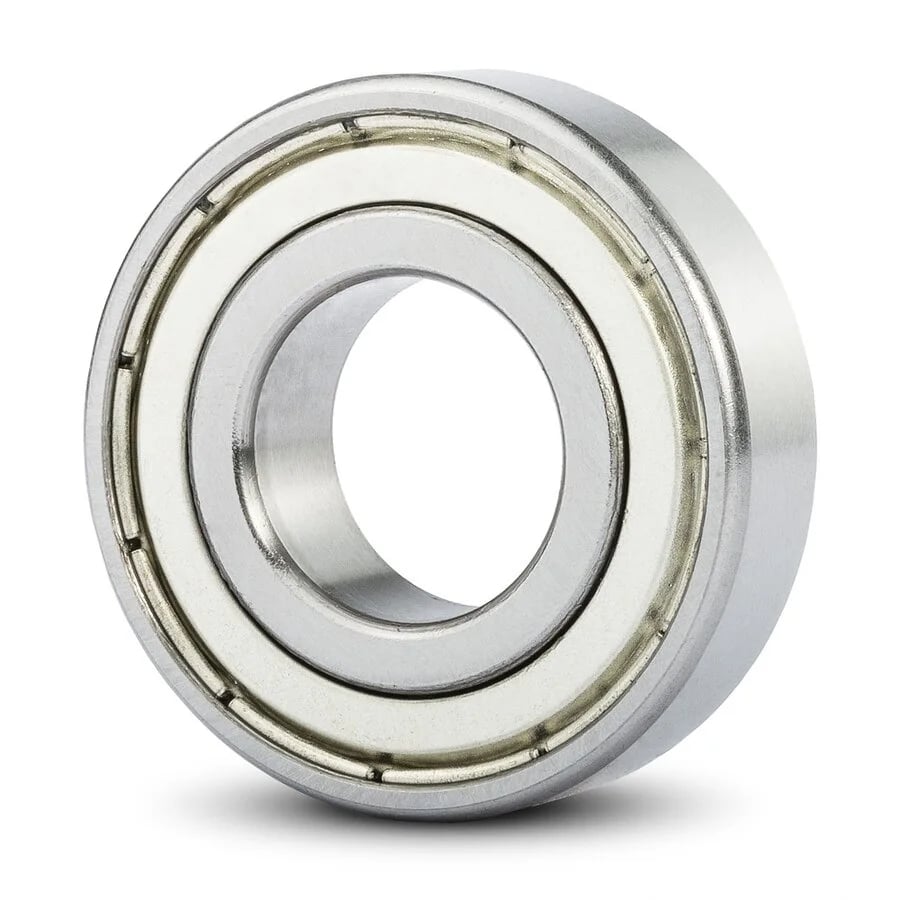
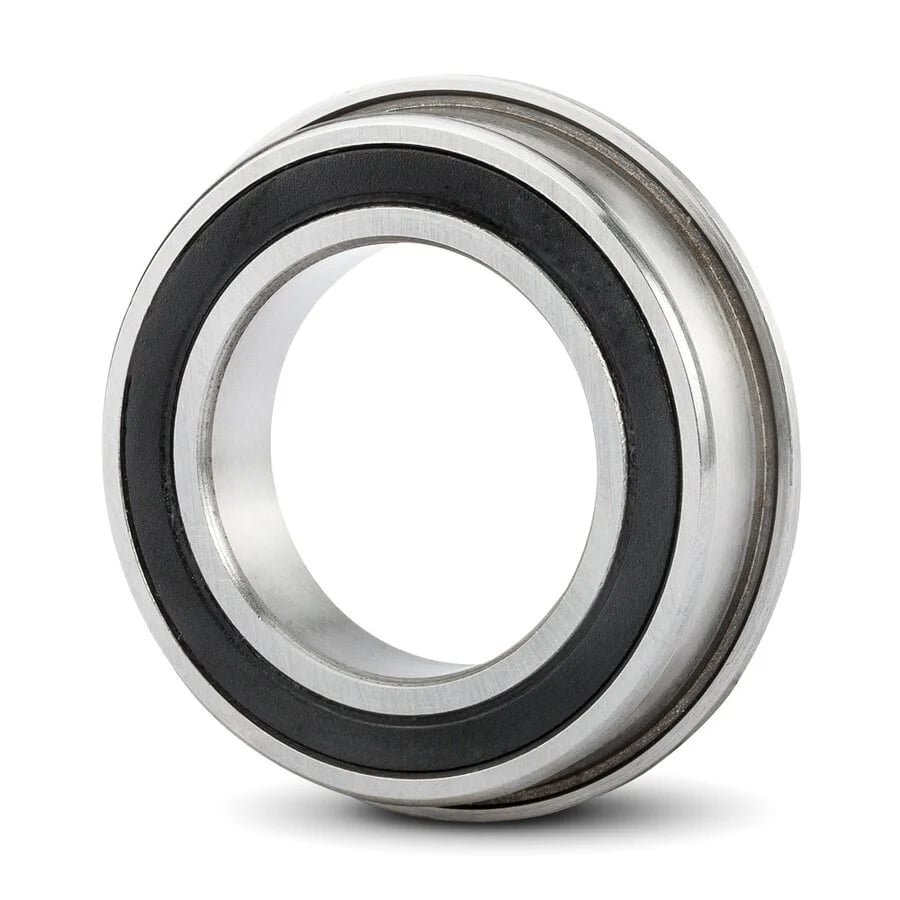
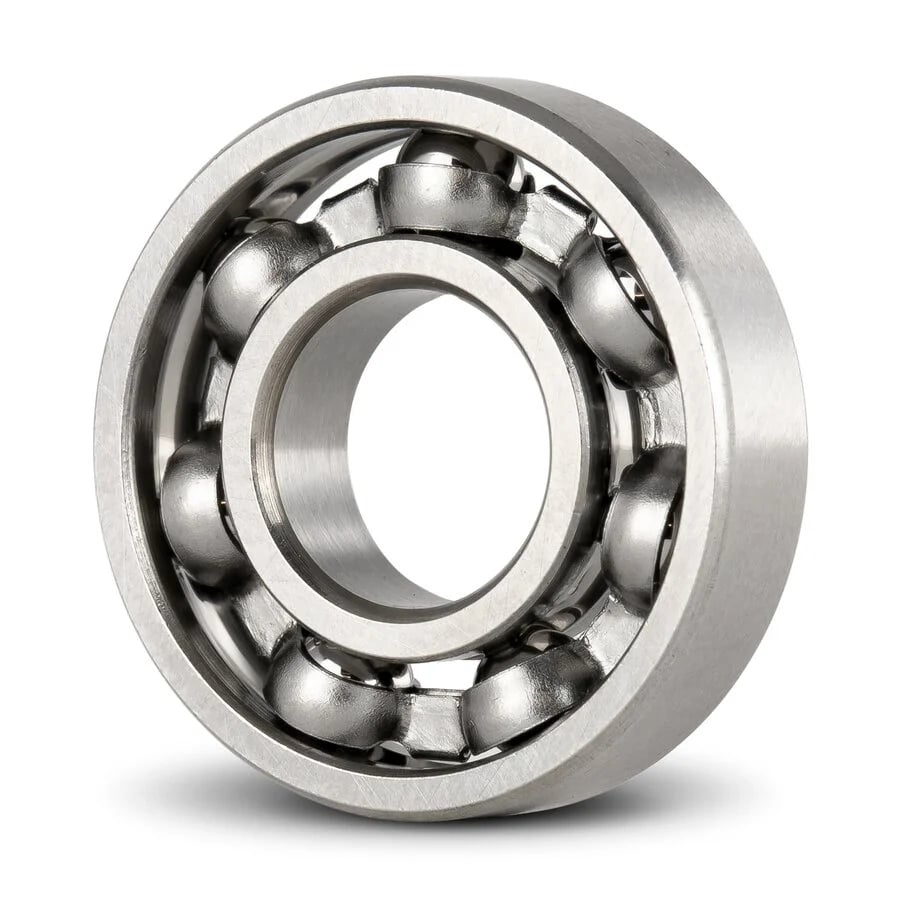
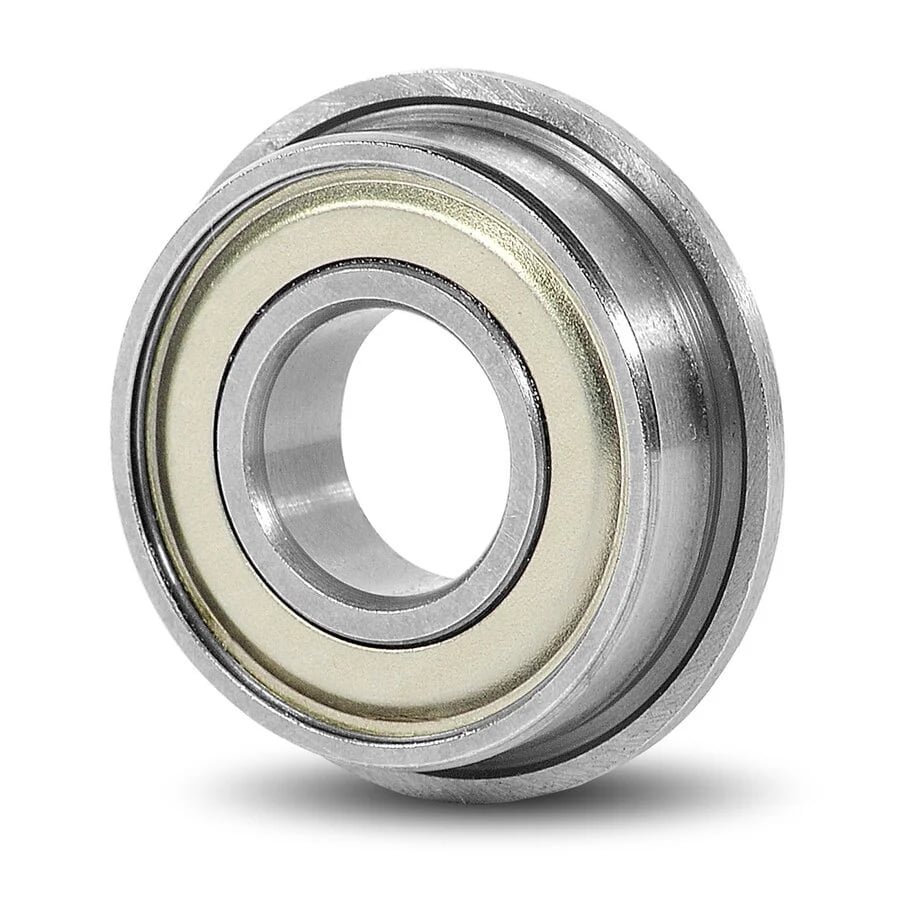
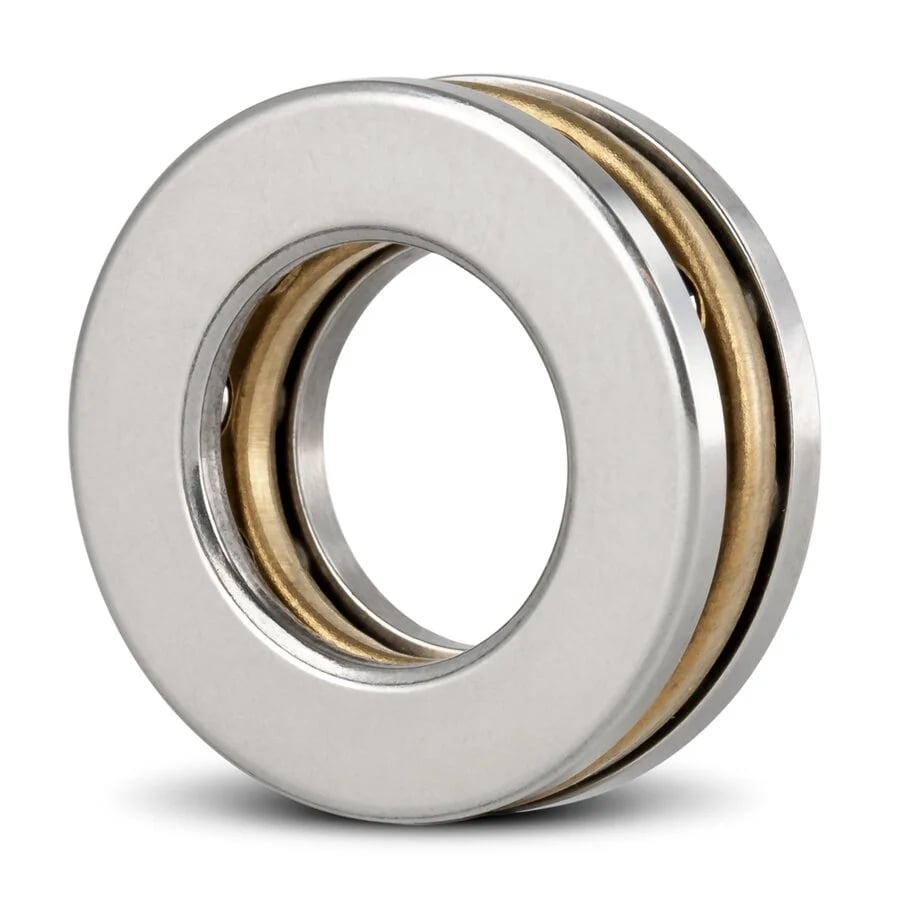
Conclusion
Tracing the lineage of the ball bearing from Leonardo da Vinci's visionary designs to the sophisticated mechanisms used today reveals a rich history of innovation and adaptation. This exploration not only answers the question of who invented the ball bearing but also highlights the enduring impact and significance of this seemingly small yet indispensable component in the advancement of modern technology and daily life.
Keep Learning








